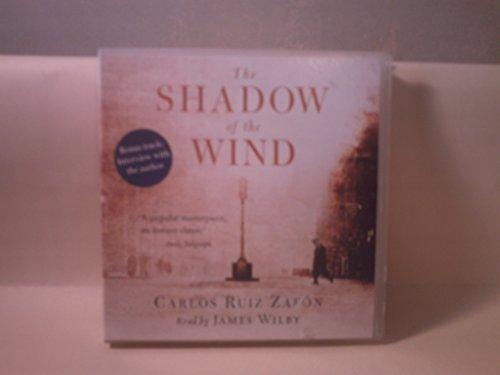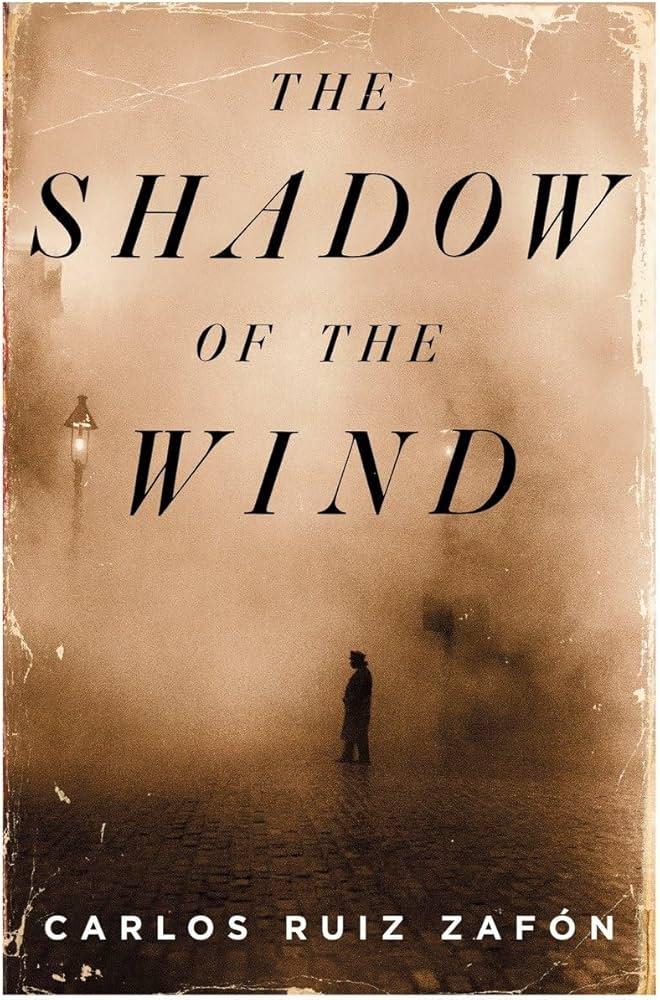In Carlos Ruiz Zafón‘s critically acclaimed novel “The Shadow of the Wind,” the intricate interplay of fate and free will serves as a pivotal theme that guides the narrative’s unfolding. Set against the backdrop of post-war Barcelona, the story weaves a rich tapestry of intertwined destinies, inviting readers to ponder the extent to which characters are architects of their own lives or mere pawns in a grander scheme. Through a meticulously crafted plot and deeply nuanced characters, Zafón explores the enigmatic force of fate, questioning whether it is an immutable path preordained by the cosmos or a series of serendipitous events shaped by human agency. This article delves into the novel’s exploration of fate, examining how Zafón’s masterful storytelling prompts a reflection on the delicate balance between destiny and choice.
Character Destiny and Narrative Structure
In The Shadow of the Wind, the intertwining of is masterfully orchestrated, weaving a rich tapestry that blurs the lines between fate and choice. Carlos Ruiz Zafón employs a narrative that oscillates between past and present, allowing readers to explore how the destinies of the characters are intricately linked to the events that unfold around them. This non-linear storytelling technique not only heightens suspense but also serves as a poignant reminder of how past actions can reverberate through time, shaping the destinies of those involved.
- Foreshadowing and Fate: Zafón uses foreshadowing to subtly hint at the inescapable fates of his characters. The repeated encounters with the mysterious book “The Shadow of the Wind” serve as a catalyst, drawing the characters inexorably toward their destinies.
- Character Interconnection: The narrative structure reveals how seemingly disparate lives are interwoven, suggesting that destiny is not an isolated phenomenon but a collective experience shaped by interconnected stories.
- Symbolism and Destiny: Symbols such as the labyrinthine Cemetery of Forgotten Books reflect the complexity and inevitability of fate, serving as a metaphor for the convoluted paths that lead characters to their ultimate destinies.

Interplay of Free Will and Predestined Paths
The narrative of “The Shadow of the Wind” intricately weaves the concepts of free will and predestination, inviting readers to ponder the delicate balance between these forces. As characters navigate their journeys, choices and circumstances intersect, challenging the notion of a singular, predestined path. The protagonist, Daniel, finds himself drawn to a mysterious book, which sets off a chain of events seemingly orchestrated by fate. Yet, it is his personal decisions that propel the story forward, suggesting that while certain elements of his journey are preordained, the outcomes are still shaped by his actions.
- Character Development: Each character embodies a unique blend of destiny and autonomy, showcasing the diverse ways individuals respond to their perceived fates.
- Symbolism: The labyrinthine streets of Barcelona mirror the intricate dance between choice and destiny, with each twist and turn offering new possibilities.
- Literary Devices: The author employs foreshadowing and irony to emphasize the unpredictability of life, suggesting that while some paths are laid out, they are not immutable.
Through its rich tapestry of narrative and symbolism, the novel presents a nuanced exploration of how individuals can both shape and be shaped by the forces of fate, urging readers to reflect on the extent of their own agency within the broader tapestry of life.

Symbolism and Foreshadowing in Fates Depiction
In The Shadow of the Wind, the intricate tapestry of fate is woven with the threads of symbolism and foreshadowing, inviting readers to explore the depths of destiny’s enigmatic nature. The novel employs a variety of symbols to hint at the unfolding of events, acting as harbingers of the characters’ inevitable paths. The Cemetery of Forgotten Books itself is a potent symbol of hidden knowledge and the inexorable pull of fate, suggesting that the past continually influences the present and future. It stands as a monument to the idea that some stories, much like destinies, are meant to be discovered and unraveled, regardless of the obstacles that lie in their path.
Foreshadowing in the novel is skillfully interwoven with its narrative, providing subtle clues that enhance the suspense and depth of the storyline. The recurring motif of books and literature serves as both a symbol and a foreshadowing device, emphasizing how the written word can shape and predict the course of one’s life. The character of Julián Carax, whose life and works parallel those of the protagonist, Daniel, is a haunting example of how fate can mirror itself through different lives. This mirroring suggests that despite our attempts to escape it, fate has a way of repeating its patterns, leading to inevitable conclusions.
- The Cemetery of Forgotten Books: Symbol of hidden knowledge and destiny.
- Books and Literature: Predictive elements shaping characters’ lives.
- Julián Carax: A mirror to Daniel, illustrating the cyclical nature of fate.

Implications for Reader Engagement and Interpretation
The intricate exploration of fate within “The Shadow of the Wind” deeply influences how readers engage with and interpret the narrative. This literary device serves as a conduit for weaving complex characters and interlacing plots, inviting readers to ponder the larger philosophical questions about destiny and free will. By delving into the life-altering events experienced by the protagonist, Daniel, and other characters, readers are encouraged to reflect on how much control individuals truly have over their paths. This introspective journey can evoke a myriad of responses, from empathy to existential contemplation, thereby enriching the reading experience.
- Character Development: The exploration of fate aids in the nuanced development of characters, making them relatable and multidimensional.
- Narrative Complexity: The intertwining of personal destinies enhances the narrative’s depth, prompting readers to actively piece together the storyline.
- Emotional Engagement: As readers navigate the characters’ struggles with fate, they become emotionally invested, which heightens their overall engagement.
- Interpretative Flexibility: The theme allows for diverse interpretations, encouraging readers to draw from their own experiences and beliefs.
These elements collectively contribute to a reading experience that is not only captivating but also intellectually stimulating, urging readers to question the very nature of fate itself.
